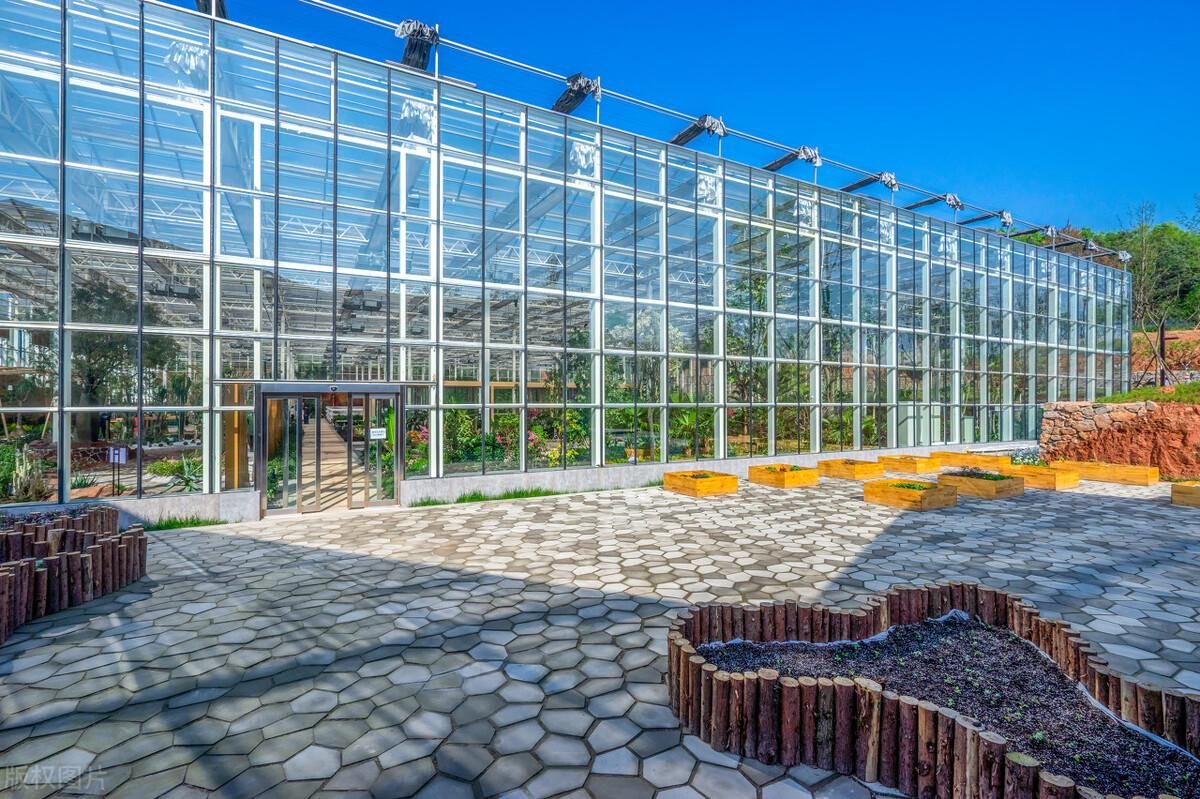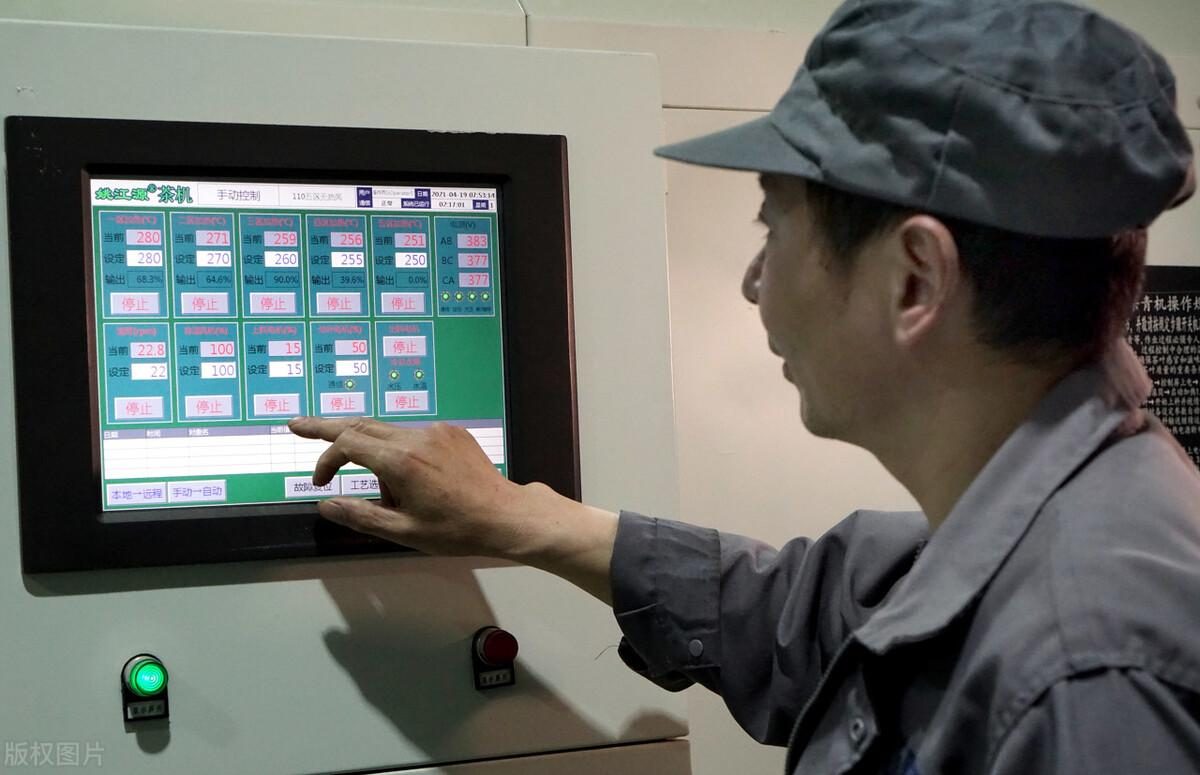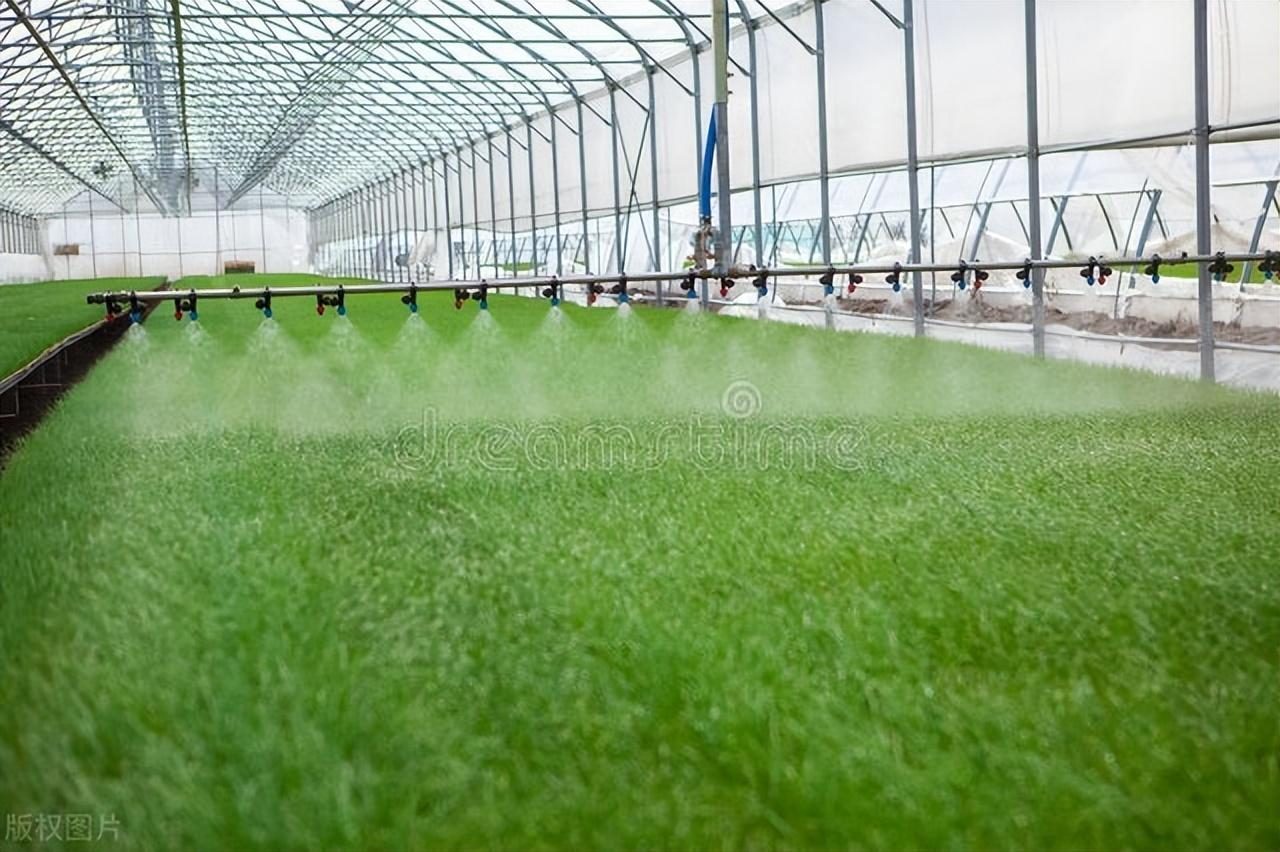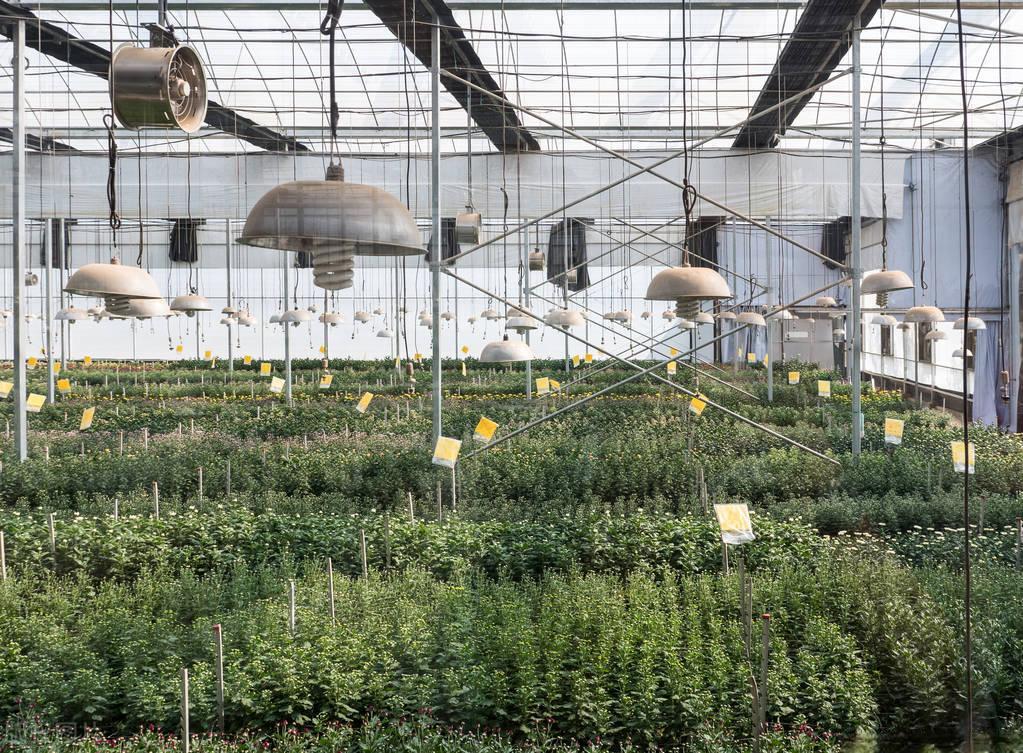
Artificial intelligence technology in glass greenhouse can help growers realize more efficient and automatic planting and management methods. The following is a more detailed application:

The change of environmental factors in greenhouse will affect the growth of plants. Automatic control system can automatically control the environmental parameters of greenhouse by monitoring environmental factors such as temperature, humidity, carbon dioxide concentration and illumination, so as to ensure the best growth conditions. For example, install sensors and controllers in the greenhouse, and when the temperature is too high, the controller will automatically turn on the fan to reduce the temperature; When the light is insufficient, the controller will automatically turn on the artificial light source to increase the light intensity to ensure the normal growth of plants.

Sprinkler irrigation is an important task in greenhouse, but manual operation often requires a lot of time and labor, and it is easy to waste water resources. By installing sensors in the greenhouse, soil moisture and plant growth can be automatically monitored, and the sprinkler irrigation system can be automatically controlled to achieve the best irrigation effect. For example, when the soil is dry, the system will automatically start the sprinkler irrigation system and water it regularly, and when the soil humidity reaches a certain level, the system will automatically stop the sprinkler irrigation to avoid over-watering.

The growth of plants needs light, but plants at different stages have different requirements for light. Intelligent lighting system can automatically adjust the light intensity and color temperature in greenhouse by installing sensors and controllers to achieve the best plant growth effect. For example, when plants are in the growing period and need more light, the system will automatically increase the light intensity and color temperature to promote plant growth.
Through computer vision technology, plants in greenhouses can be identified and classified by images, so as to realize automatic plant management and quality inspection. For example, a camera can be used to take photos of plants, and an image recognition algorithm can be used to detect plant information such as plant diseases and insect pests and leaf area, and to classify plants. These data can be used in decision support system to help growers make better decisions, such as adjusting fertilizer and irrigation, managing pests and diseases, etc.
Automatic harvesting and packaging technology can realize automatic harvesting and packaging process through machine vision and robot technology. By installing cameras and robots in the greenhouse, the growth status and maturity of plants can be automatically monitored and recognized, and automatic harvesting and packaging can be carried out. This can not only improve production efficiency, but also reduce labor costs and human errors.
Through the data analysis and decision support system, the data of environmental parameters and plant growth status in greenhouse can be analyzed and monitored to provide more accurate decision support for growers. For example, data analysis algorithm can be used to determine the best irrigation amount, fertilizer amount, etc. to optimize production efficiency and quality.
Artificial intelligence technology in glass greenhouse can realize automatic planting and management, improve production efficiency and quality, reduce labor cost and human error, and also reduce environmental impact and resource waste. With the continuous progress and development of technology, these applications will become more universal and intelligent. Plant image recognition strategy, such as adjusting fertilizer and irrigation amount, managing pests and diseases, etc.
Artificial intelligence technology in glass greenhouse can realize automatic planting and management, improve production efficiency and quality, reduce labor cost and human error, and also reduce environmental impact and resource waste. With the continuous progress and development of technology, these applications will become more universal and intelligent.